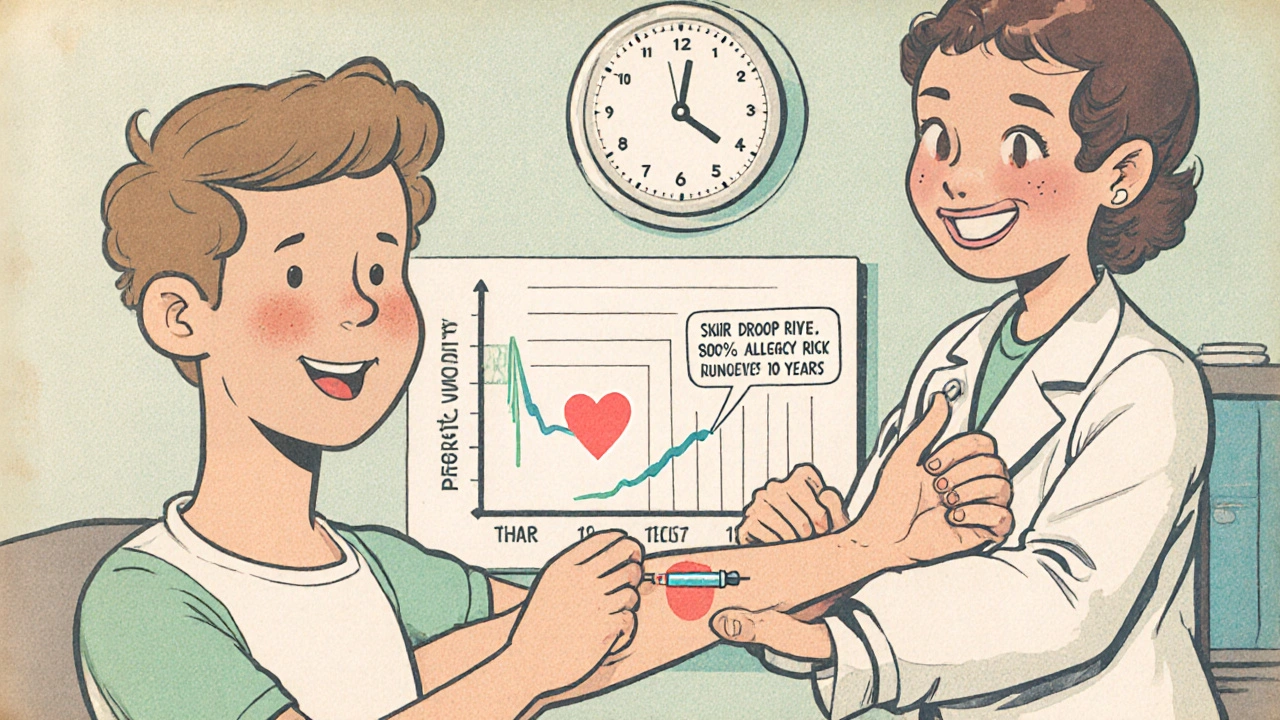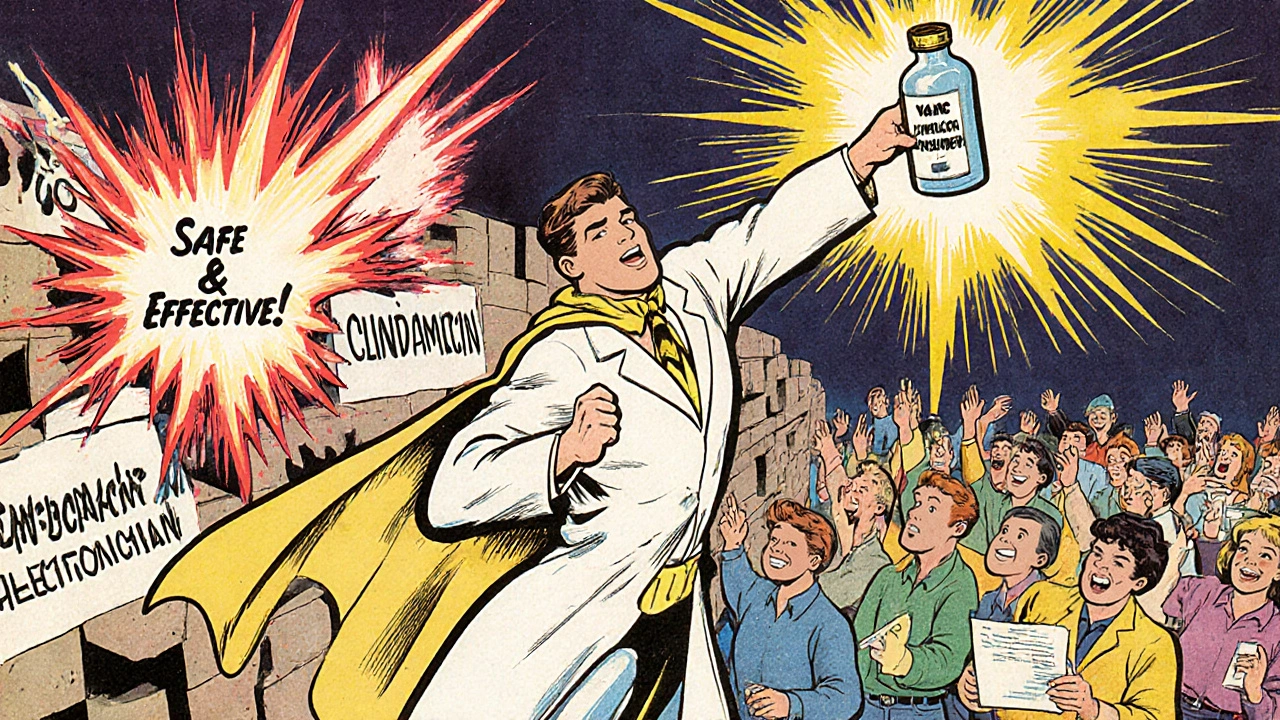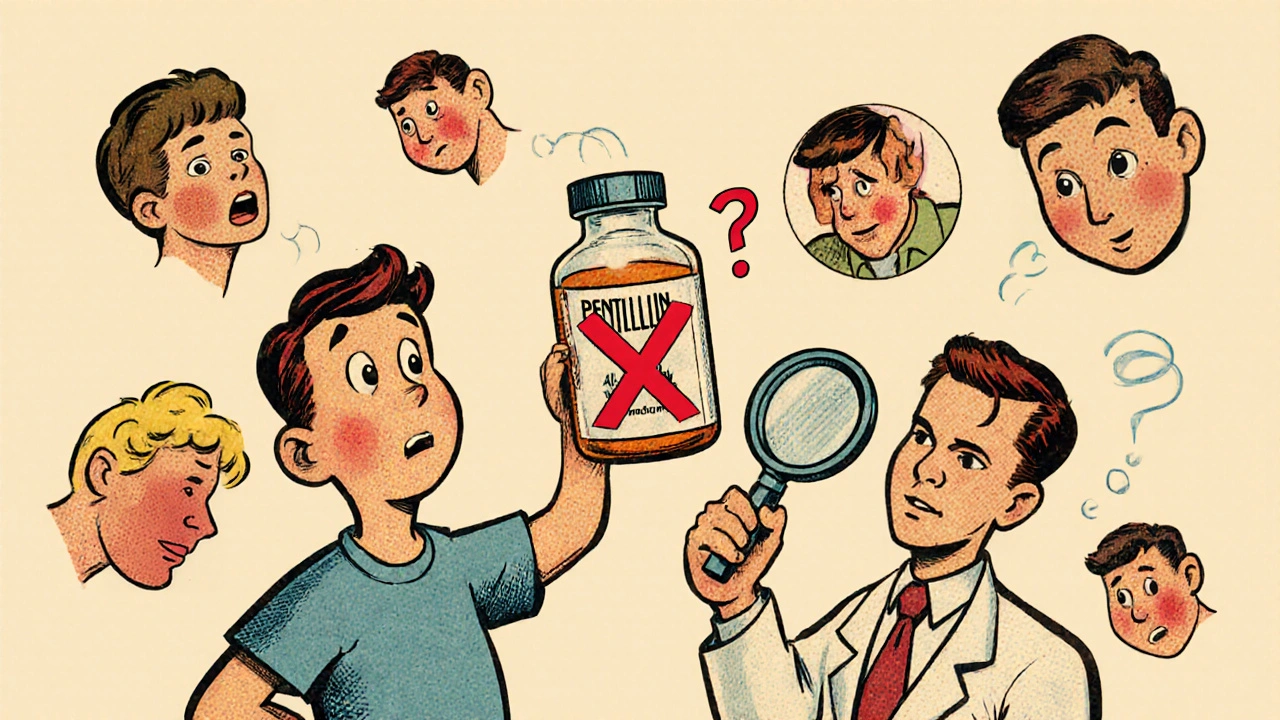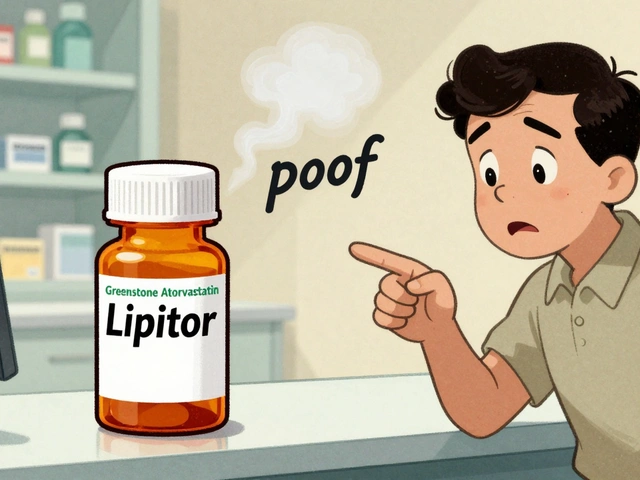What a Penicillin Allergy Really Means
Many people say they’re allergic to penicillin-but most of them aren’t. About 10% of Americans claim a penicillin allergy, but when tested properly, fewer than 1 in 10 actually have one. That means up to 95% of people with this label are misinformed. This isn’t just a personal misunderstanding-it’s a public health issue. When doctors avoid penicillin because of a false allergy, they reach for stronger, broader antibiotics. Those drugs cost more, cause more side effects, and fuel dangerous antibiotic resistance.
Penicillin was discovered in 1928 and changed medicine forever. It saved millions of lives during World War II and remains one of the safest, most effective antibiotics for common infections like strep throat, ear infections, and skin abscesses. But if you’ve been told you’re allergic, you might be missing out on the best treatment-and putting yourself at higher risk for harder-to-treat infections.
How Allergic Reactions Actually Happen
Not all reactions to penicillin are allergies. Many are side effects. If you got a stomachache, headache, or diarrhea after taking penicillin, that’s not an allergy. That’s your body reacting to the drug’s chemical properties, not your immune system attacking it.
True penicillin allergies involve your immune system. There are two main types: immediate and delayed.
- Immediate reactions happen within an hour. These are the dangerous ones. Symptoms include hives, swelling of the lips or tongue, trouble breathing, a drop in blood pressure, or passing out. This is anaphylaxis-and it’s life-threatening. If you’ve ever had this, you need to be evaluated by an allergist.
- Delayed reactions show up days later. A rash that appears 3 to 5 days after taking penicillin is common. It’s usually not dangerous, but it can be mistaken for an allergy. Severe delayed reactions like Stevens-Johnson Syndrome or DRESS are rare but serious. These require emergency care.
Here’s the key: if your reaction was just a rash or a stomach upset, you’re likely not allergic. If you had swelling, breathing trouble, or passed out, you might be. But even then, you could still outgrow it.
You Can Outgrow a Penicillin Allergy
Many people think once you’re allergic, you’re allergic forever. That’s not true. About 80% of people who had an IgE-mediated penicillin allergy lose their sensitivity after 10 years without exposure. For delayed rashes, the body usually forgets the reaction after just 1 to 2 years.
That means if you were told you were allergic to penicillin as a child-maybe after a rash from an ear infection-you might be fine now. Yet, most people never get retested. They just avoid penicillin for life. That’s unnecessary and risky.
Doctors often avoid penicillin out of caution. But if you’ve never had a true allergic reaction, or if it happened more than a decade ago, you’re probably safe. Testing can confirm it.

How Testing Works (It’s Simpler Than You Think)
Penicillin allergy testing is safe, quick, and reliable. It’s not a blood test. It’s a skin test followed by a small oral challenge.
- Skin test: A tiny amount of penicillin and its breakdown products (called determinants) is placed under your skin. If you’re allergic, a red, itchy bump appears within 15 to 20 minutes.
- Oral challenge: If the skin test is negative, you’re given a small dose of amoxicillin (a penicillin-type drug) and watched for one hour. If you have no reaction, you’re not allergic.
This process is done in a controlled setting-usually an allergist’s office or hospital clinic. Emergency meds like epinephrine are always on hand, but reactions during testing are extremely rare.
When both tests are negative, your risk of anaphylaxis drops to the same level as someone who’s never claimed an allergy. That’s not a small improvement-it’s a complete reset.
Who Should Get Tested?
You don’t need to test everyone with a penicillin label. But you should consider it if you fall into one of these categories:
- You were told you had a penicillin allergy as a child, and it’s been more than 10 years.
- Your reaction was a rash, stomach upset, or headache-not breathing trouble or swelling.
- You’ve never been tested, but you’ve avoided penicillin for years.
- You’re facing surgery or an infection and need the best antibiotic.
- You’ve been prescribed a different antibiotic because of your allergy label, and it didn’t work well.
People with a history of anaphylaxis, severe skin reactions, or organ damage from penicillin should still avoid it and see an allergist. But for the rest? Testing is the next step.
Why This Matters for Your Health
Getting labeled as penicillin-allergic doesn’t just limit your treatment options-it makes you more vulnerable to serious infections.
Studies show people with a penicillin allergy label have a 50% higher chance of getting MRSA (a dangerous antibiotic-resistant staph infection) and a 35% higher chance of developing C. difficile, a severe gut infection often caused by broad-spectrum antibiotics.
Why? Because when doctors can’t use penicillin, they use drugs like vancomycin, clindamycin, or fluoroquinolones. These are less targeted, kill more good bacteria, and are more likely to cause resistance. They also cost more and come with more side effects.
In hospitals, patients with false penicillin allergies stay longer, get more complications, and cost the system an extra $1.2 billion a year in the U.S. alone. That’s money spent on avoidable problems.

What to Do Next
If you’ve been told you’re allergic to penicillin, here’s what to do:
- Check your medical records. What exactly was your reaction? Was it a rash? Swelling? Trouble breathing?
- Ask your doctor: “Could I have been mislabeled?”
- If your reaction was mild or happened long ago, ask for a referral to an allergist for testing.
- If you’re scheduled for surgery, ask if penicillin can be used for prevention. Many procedures (like joint replacements) rely on it to prevent infection.
- If you’ve already been tested and cleared, make sure your records are updated. Tell every doctor you see.
Don’t wait for an emergency. If you’re avoiding penicillin out of fear, get it checked. You might be surprised.
How to Stay Safe
If you’ve had a true, severe reaction-or if you’re still unsure-take these steps:
- Wear a medical alert bracelet that says “Penicillin Allergy.”
- Keep a written record of your reaction (date, symptoms, treatment) and share it with every provider.
- If you ever feel swelling, trouble breathing, or dizziness after taking any antibiotic, call emergency services immediately.
- Don’t assume other antibiotics are safe just because you’re allergic to penicillin. Cross-reactivity is rare, but not impossible. Always check with your doctor.
And if you’ve been cleared by testing? Celebrate. You’ve just opened up a safer, simpler, and more effective path for future treatment.
Final Thought: Don’t Let a Label Hold You Back
A penicillin allergy label isn’t a life sentence. It’s a question waiting to be answered. Most people who carry it don’t need to. Testing isn’t risky-it’s liberating. It gives you better treatment options, reduces your chance of dangerous infections, and helps protect the effectiveness of antibiotics for everyone.
If you’ve been told you’re allergic, ask. Get tested. Update your records. You might just be surprised by how safe penicillin really is for you.






Comments
i always thought i was allergic cause i got a rash after amoxicillin as a kid. never thought to get it checked. guess i’ve been avoiding penicillin for 15 years for no reason. thanks for this.
this is so important! 🙌 i live in india and so many people avoid penicillin just because grandma said 'it made you break out'... we need more awareness like this. thank you!
wait... so you're telling me the government and big pharma *want* us to think we're allergic so they can sell us more expensive antibiotics? i mean... why else would they not test everyone? 🤔
Simple truth: if you had a rash at 5, you’re probably fine now. Get tested. It’s 20 minutes. Could save your life later.
i’m a nurse and i’ve seen this so many times. patients come in with 'penicillin allergy' on their chart and we have to use clindamycin or azithromycin... which cost 3x more and cause way more diarrhea. i always push for testing when i can. it’s not risky at all.
this is why america is weak. you people let corporations label you and then you live like robots. in nigeria we just take the medicine and if we get sick we get better. no testing no fear. you are weak
sure... and next they’ll tell us vaccines are safe because we didn’t get a rash from a chickenpox shot at age 7. lol. you trust the system too much. i’ve seen people die from 'safe' antibiotics after they got 'cleared'.
The entire premise is a neoliberal biopolitical construct designed to commodify immune response. You're not 'allergic'-you're a bioeconomic data point in a pharmaceutical feedback loop. The rash? A symptom of systemic alienation from natural immunity. Also, penicillin is derived from mold. Mold is sacred. You're weaponizing fungi.
in india we call this 'grandma's diagnosis'. my aunt avoided all antibiotics for 30 years because she got a tummy ache once. she ended up with a kidney infection because they gave her something stronger. this article is gold. please share it with your family.
if you’ve never had trouble breathing or swelling, you’re probably fine. i got a rash at 12, got tested at 30, turned out i’m not allergic. best decision ever. now i get the right meds, cheaper, faster, better.
so you’re telling me my 'penicillin allergy' is just a manifestation of my body’s resistance to capitalist medical hegemony? i’ve been avoiding penicillin since 2010. now i feel validated. also, i think my rash was a spiritual awakening.
Ah yes, the classic 'it’s probably not an allergy' narrative. Convenient for hospitals, right? Saves them money. And of course, the allergist’s office is conveniently located in the same building as the pharmacy that sells the expensive alternatives. How quaint.
I work in a hospital. I’ve seen the data. People with false penicillin allergies get more C. diff, more MRSA, longer stays, higher costs. This isn’t theory. It’s fact. Stop being scared and get tested. Your life isn’t a Netflix drama.